Brochure Formats: 4 Popular Options that are Budget-Friendly
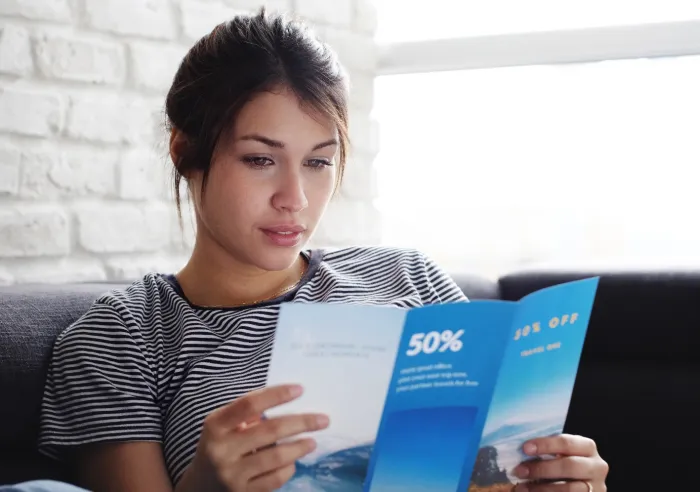
estimated reading time: 5 minutes
Promote your Brand with Printed Brochures
Brochures are a very popular form of marketing
communication. Designed to highlight the benefits offered by a company, product
or service, brochures provide a convenient and visually appealing way to convey
these promotional messages.
Businesses distribute brochures to prospective customers to showcase
their offerings, build awareness, and stimulate demand. To capture attention
and encourage a positive response, brochures use intriguing headings, attractive
imagery and persuasive text. Also, to be entirely effective, brochures must
include a compelling call to action and display a clear method of contact.
Printed brochures are extremely versatile and can be created
in a variety of convenient sizes and formats. Unlike flyers or sell sheets,
which are designed as flat documents, a brochure incorporates one or more folds
as part of its design. These folds create distinct panels, or pages, which allows
the brochure's content to be presented in logical sections.
The most economical brochures use simplistic formats that
are fashioned from standard paper sizes. These brochures are more
cost-effective because they are commonly produced and don't require any special
customization. Despite the relative simplicity, these brochures can still
deliver impactful content.
If cost is a concern for your project, below are 4 of the
most inexpensive brochure formats to consider.

Budget-Friendly Brochure Formats:
1. Half-Fold
The Half Fold is a very inexpensive brochure format. A printed
sheet is simply folded in half to create a total of four panels - two panels on
each side.
Two of the most popular finished sizes for a half-fold
brochure are 5.5" x 8.5" and 8.5" x 11". The 5.5" x 8.5" brochure is made from
a standard 11" x 8.5" sheet folded in half. The 8.5" x 11" brochure is made
from a standard 17" x 11" sheet folded in half.
These are the two most common sizes but other half-fold
brochure sizes can be produced rather economically too. For example, an 8.5" x
11" sheet can be folded lengthwise to create a brochure measuring 4.25" x 11". This
variation of a half-fold is commonly referred to as a vertical half-fold.
2. Tri-Fold using a Letter Fold
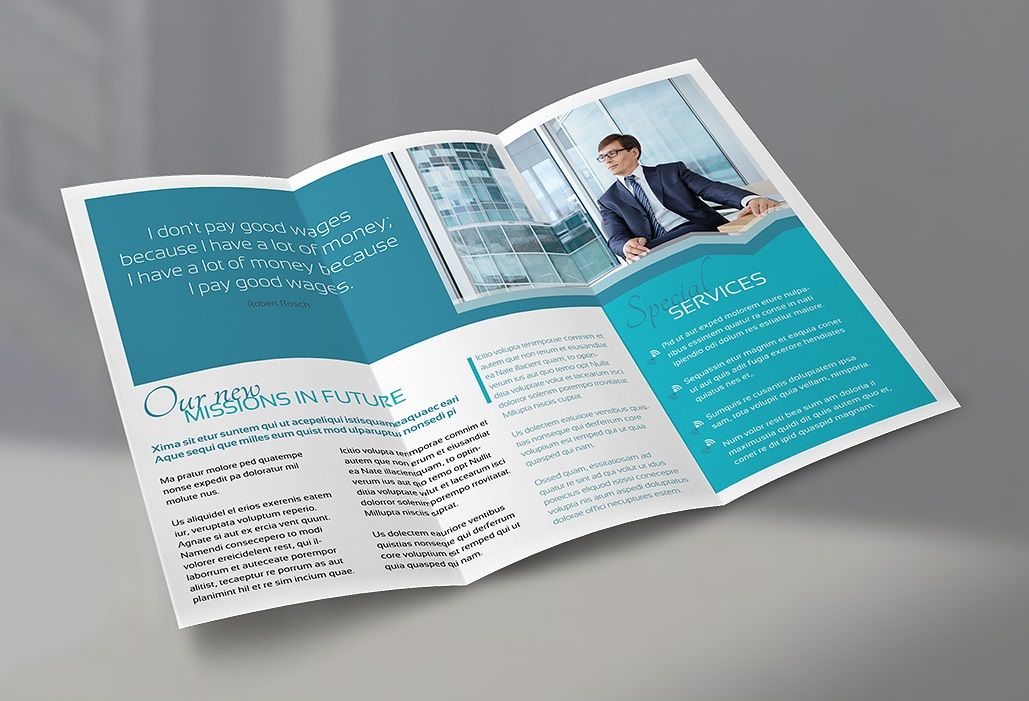
Compact and tidy, the Tri-Fold is an extremely popular
brochure format that sees widespread use across multiple industries. Whereas the
half-fold uses a single fold, the tri-fold method uses two parallel folds.
These two folds divide the printed sheet into six panels of like size - three
panels on each side.
To create a tri-fold using a letter fold, one end of the
sheet is folded inward until its edge is approximately one-third of the way
across the width of the document. The other end of the sheet is then folded over
the top until its edge aligns with the outer folded edge.
The most prevalent finished size for a small letter-folded
brochure is 3.66" x 8.5". It is made
from a standard 11" x 8.5" sheet folded into thirds. A common finished size for
a large tri-folded brochure is 8.5" x 11". It is made from a 25.5" x 11" sheet
folded into thirds. Though 3.66" x 8.5" and 8.5" x 11" are the most frequently
used finished sizes, the letter-fold can be used to create other brochure sizes
as well.
3. Tri-Fold using a "Z" Fold
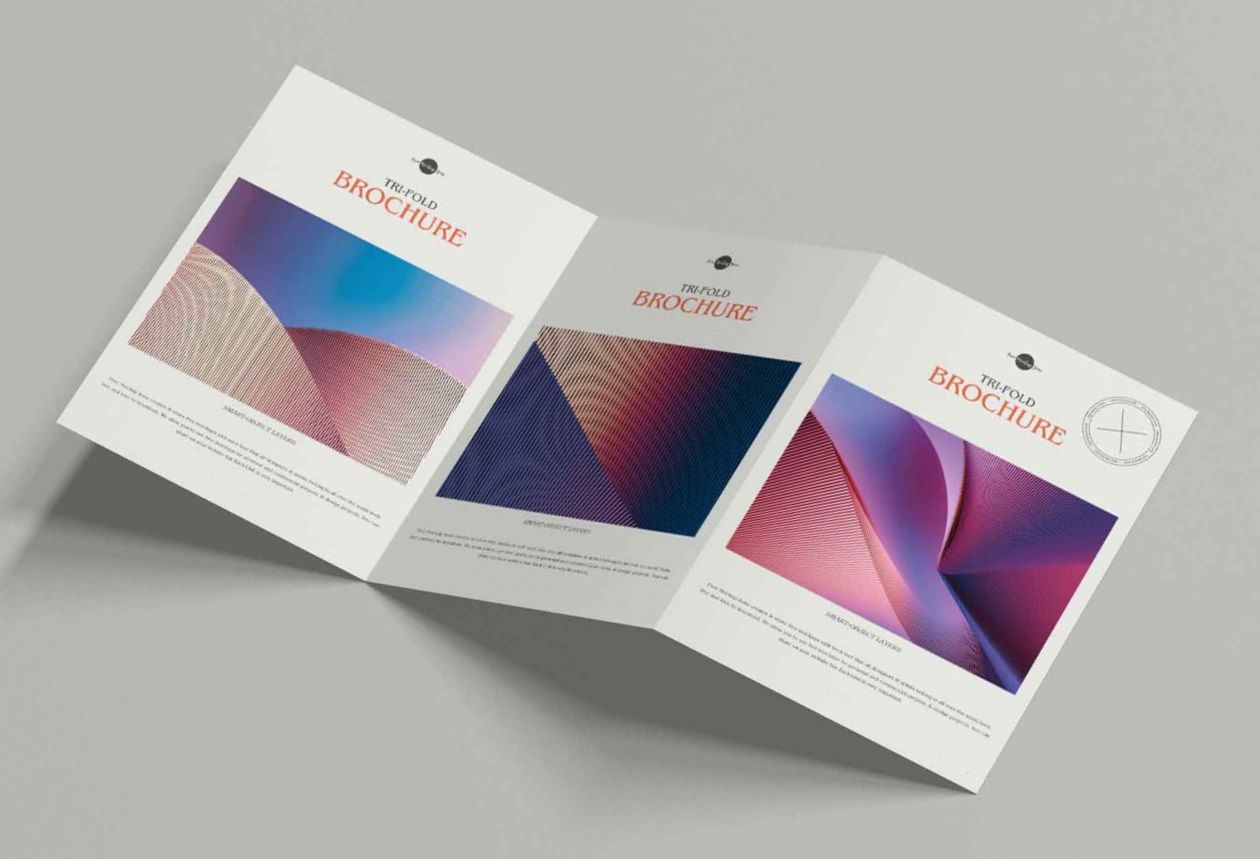
It should come as no surprise that the Z-Fold brochure
derives its name from the "Z" shape it forms once folded. A variation of the tri-fold
described above, the Z-fold also uses two parallel folds to create six panels
of like size - three panels on each side of the sheet. However, instead of both
ends being folded inward, the ends will be folded in opposite directions.
To create a tri-fold using a "Z" fold, one end of the printed
sheet is folded inward until its edge is a third of the way across the width of
the document. The other end of the sheet is then folded in the reverse direction
until it aligns with the opposite edge on the back side of the sheet. Because
the two ends of the sheet are folded in different directions, the brochure ends
up resembling the letter "Z".
The most popular finished size for a small Z-folded brochure
is 3.66" x 8.5". Just like the small
letter-folded brochure, it is made from a standard 11" x 8.5" sheet folded into
thirds. A common finished size for a large Z-folded brochure is 8.5" x 11",
which is made from a 25.5" x 11" sheet folded into three sections.
A Z-fold brochure will open with less resistance than a
letter-fold and will lie somewhat flatter. This makes it better suited for
larger images or diagrams that need to span across multiple panels to be viewed
properly.
4. Saddle-Stitched Booklet Format

Once the content of a brochure requires more space than the six panels of a large tri-fold can provide, it is time to consider creating the brochure in the form of a Booklet.
Booklet-style brochures are created from two
or more folded sheets that are nested together and joined by wire staples
driven through their fold lines.
The staples penetrate all of the sheets and are cinched
closed in the fold line of the innermost sheet. This staple binding method, known
as Saddle-Stitching, is the most reasonably-priced way to bind a booklet.
Because each folded sheet creates four pages, a brochure can
be made with 8 pages, 12 pages, 16 pages and so on. By utilizing this
cost-effective booklet format, the brochure can now affordably display content
that is incredibly extensive and detailed.
Booklet style brochures can be made with various dimensions,
with finished sizes of 5.5" x 8.5" and 8.5" x 11" being among the most common.
Of course, the 5.5"x 8.5" booklets are constructed of standard 11" x 8.5"
sheets that have been folded in half and the 8.5" x 11" booklets are
constructed of standard 17" x 11" sheets
that have been folded in half.
Though booklet brochures can be created with a portrait
orientation (height greater than width) or a landscape orientation (width
greater than height), the portrait orientation is more commonly produced. As
such, a portrait booklet will be a little more economically priced than its
landscape counterpart.
Let Color Vision assist with your next Brochure Project!
Brochures are ideal for sharing the story of your company, showcasing your products and services, and touting the unique benefits your organization provides.
Fortunately, custom printed brochures don't have to break
the bank. All of the formats outlined above provide an inexpensive way to engage
your intended audience and promote your brand.
Color Vision has built a strong reputation by offering quality
printing at affordable prices, so be sure to get in touch with us to
discuss your next order of professionally printed brochures.
Because we offer both offset and digital printing services,
we can assist with short, medium, and long production runs. We also offer a
variety of coating and finishing options to enhance the visual appeal of your
brochures.
If you have an upcoming brochure project and would like a
quote, use our easy Quote Request form to send us your specifications
and we will be happy to email a quote to you. Or, if you prefer to contact us
by phone, we can be reached at 800-543-6299.
As always, we look forward to assisting with your next print
project!
Related Articles:
How to fold a Brochure or Pamphlet? Here's 11 different ways
Do you know the Difference? Flyers vs Brochures vs Pamphlets
Related Articles
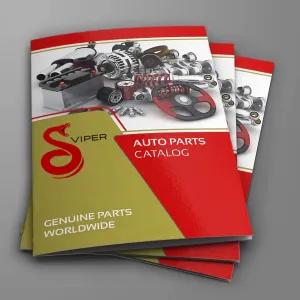
Booklet Catalogs: Why is this Catalog Format so Popular?
Read This Article
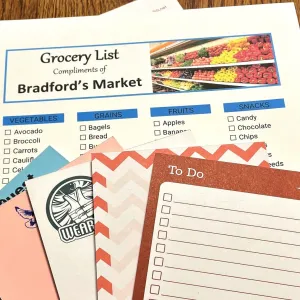
Custom Printed Notepads: Easy and Affordable Marketing Tools
Read This Article
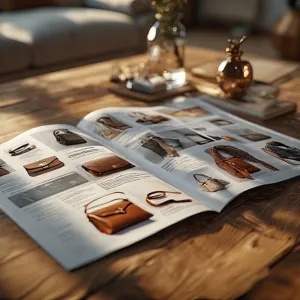
7 Key Advantages Print Marketing has over Digital Marketing
Read This Article
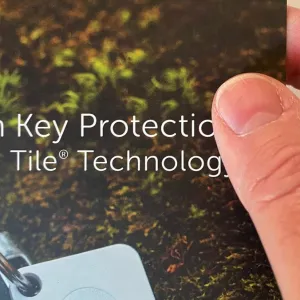
Print Marketing: Exploring the Allure of a Soft Touch Finish
Read This Article